Which is Better Old vs New Income Tax Regime?

Announced by Union Finance Minister Mrs. Nirmala Sitharaman, the new taxation policy has placed an apparent dilemma against taxpayers. This dilemma is concerned with the declaration of TDS (Tax Deductible at Source) while filing income tax returns. The new tax scheme prescribed in the Finance Act, 2020 gives two options in this regard:
- Opt for the same previous year’s tax rates
- Opt for lower tax rates, as provided in the new regime, under the condition that certain exemptions and deductions must be foregone to claim such tax rates.
Let’s discuss these points in detail and solve the quest for an ideal choice among the two.
Analyzing the old Income tax regime
Under the previous taxation system, three levels of tax slabs & rates were set, as mentioned below:
- 5% tax rate for income between ₹2,50,000 and ₹5,00,000
- 20% tax rate for income between ₹5,00,000 and ₹10,00,000
- 30% tax rate for income above ₹10,00,000.
When the taxable income is accounted for under this tax regime, an individual can also claim some tax-free allowances, exemptions, and deductions. Some of them are HRA (House Rent Allowance), deduction in interest on home loan & education loan, standard deduction amounting to ₹50,000, LTA (Leave Travel Allowance), deduction under Chapter VI (A) of Income Tax Act, etc.
These allowances and deductions cut the taxable income by a margin, ultimately reducing the net tax outgo.
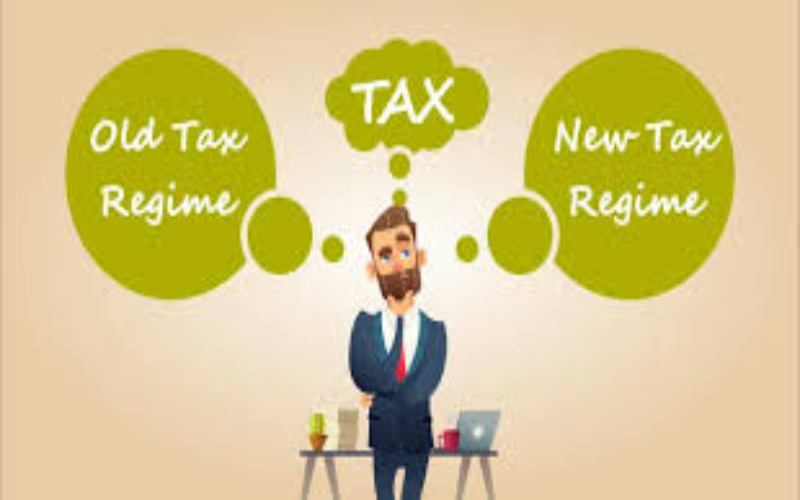
Analysing the new Income tax regime
The new system comes with a little twist. It provides for six slabs, with concessional tax rates. These slabs are formulated in the following sequence:
- 5% tax rate for income between ₹2,50,000 and ₹5,00,000
- 10% tax rate for income between ₹5,00,000 and ₹7,50,000
- 15% tax rate for income between ₹7,50,000 and ₹10,00,000
- 20% tax rate for income between ₹10,00,000 to ₹12,50,000
- 25% tax rate for income between ₹12,50,000 and ₹15,00,000
- 30% tax rate for income above ₹15,00,000
However, taxpayers can opt for these low rates only under the condition that they will not avail 70 listed deductions and exemptions, as mentioned in the Income Tax Act, like Standard deduction, HRA, LTA, etc.
See the table below, whether you stand to gain under new Tax regime or not?
Comparative Advantage and Disadvantage of Old Tax regime vs New Tax Regime |
||||
| S No | Perk | Maximum Amount admissible in Old Regime | Amount Admissible in New Tax Regime | |
| 1 | Deduction u/s 80C for various investments | 150,000 | ||
| 2 | Premium for Medical Insurance | 225,000 | ||
| 3 | Interest on Home Loan | 200,000 | ||
| 4 | Interest on Education Loan (Admissible as per actuals, assumed here Rs 150,000) | 150,000 | ||
| 5 | Total Deduction Admissible | 725,000 | 0 | |
| 6 | Tax Saved in New Tax regime, Assuming total Taxable Income Less than Rs 10 Lakhs | |||
| 7 | Total Taxable Income Rs 9 Lakhs | 900,000 | 900,000 | |
| 8 | Tax Liability | |||
| 9 | Net Taxable Income (7-5) | 175,000 | ||
| 10 | Income Tax Due (Including Cess) | 0 | 62,400 | |
| 11 | Tax Saved in New Tax regime, Assuming total Taxable Income More than Rs 10 Lakhs | |||
| 12 | Total Taxable Income Rs 13 Lakhs | 1,300,000 | 1,300,000 | |
| 13 | Tax Liability | |||
| 14 | Net Taxable Income (12-5) | 575,000 | 1,300,000 | |
| 15 | Income Tax Due (Including Cess) | 3,900 | 171,600 | |
| 16 | At what level of deductions, do both options match each other with benefit? | |||
| 17 | Maximum Tax Benefit under New Regime Incl Cess | 34,500 | ||
| 18 | Break even Investment if you are in 30% Tax Bracket | 115,000 | ||
Thus it is clear, if you are investing more than 175,000 in various items eligible for deduction, you must stick to Old Tax Regime, New Tax regime is only good for those, who do not intend to invest in any tax saving option
The Verdict – Which is better Old vs New Income Tax Regime?
Taxpayers must comprehensively analyze their tax liabilities arising out of both regimes. As per a rough calculation, taxpayers who are availing deductions worth ₹2.5 lakhs or more will be benefitted under the old tax scheme. For others, the new taxation system will be a shot, as low tax rates would increase their disposable income.
It is not always the right decision to opt for the reduced tax rates, as the benefits offered thereon are often counterbalanced and even go in negative by excluding deductions/exemptions.
What is the ideal time to make a choice?
For individuals with no business income
This group of taxpayers is free to choose either of the two options each year. Every year, they could analyze their tax liabilities and accordingly choose the suitable option next year.
For individuals with business income
This group of taxpayers can make a choice once, and the same would be applicable in succeeding years
Salaried individuals
While filing tax returns to their employers for TDS purposes, salaried individuals are free to choose the option then and there. They are allowed to switch between the two options each year.
The Bottom Line
Both regimes have their own set of pros and cons. Their suitability is loose and subjective. It is crucial on the part of taxpayers that they must deeply analyze both systems and the tax liabilities arising thereon. Accordingly, they should pick either of the two.


 ITAT Amritsar: No Section 269SS Violation for One-Time Cash Payment Before Sub-Registrar
ITAT Amritsar: No Section 269SS Violation for One-Time Cash Payment Before Sub-Registrar 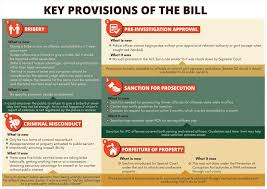 Tax Officials Unleash Digital Dragnet: How New Raid Powers Redefine Privacy, Property Rights in India and likely to Fuel Corruption
Tax Officials Unleash Digital Dragnet: How New Raid Powers Redefine Privacy, Property Rights in India and likely to Fuel Corruption 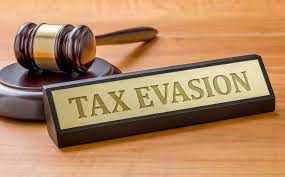 Income Tax Department Rewards for Reporting Tax Evasion: A Comprehensive Guide
Income Tax Department Rewards for Reporting Tax Evasion: A Comprehensive Guide 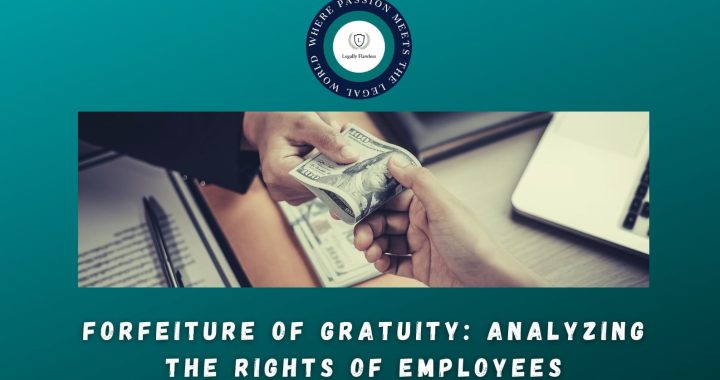 Forfeiture of Gratuity by Employer- What are the Remedies for an employee- Can employer be challenged?
Forfeiture of Gratuity by Employer- What are the Remedies for an employee- Can employer be challenged?  Employer can forfeit gratuity of an employee in case of moral turpitude
Employer can forfeit gratuity of an employee in case of moral turpitude 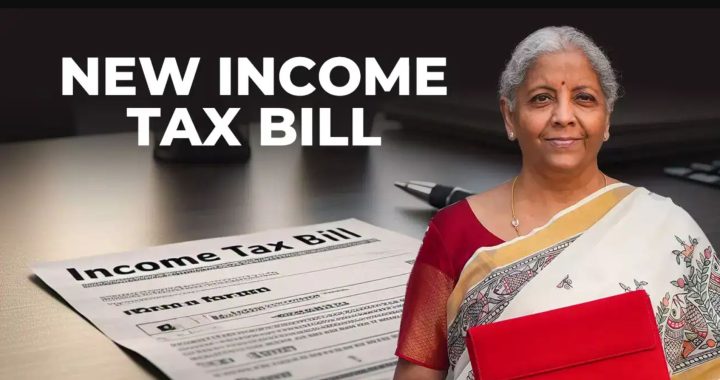 Diving Deeper: The Impact of the New Tax Bill on Dairy and Farming Income
Diving Deeper: The Impact of the New Tax Bill on Dairy and Farming Income